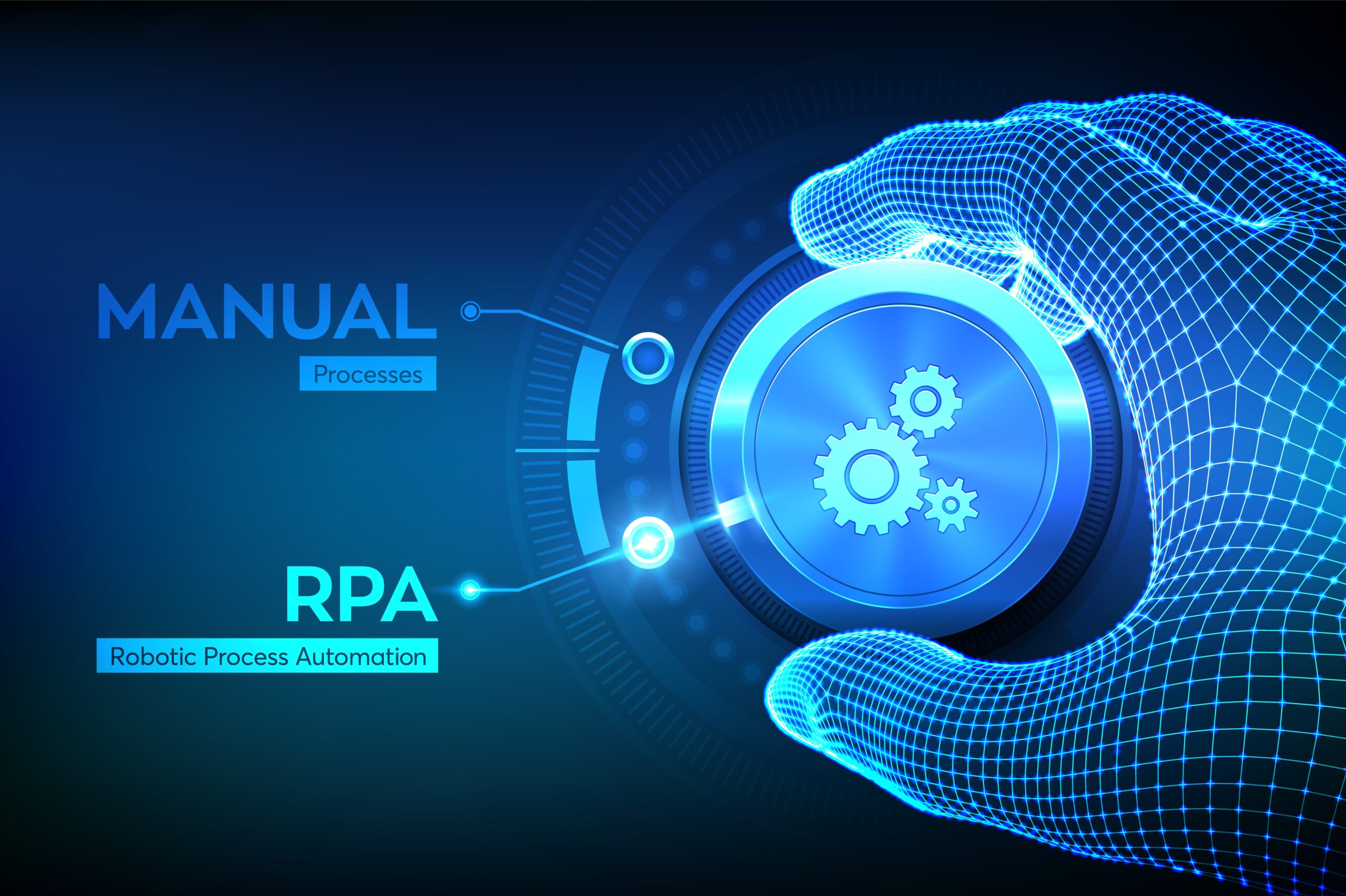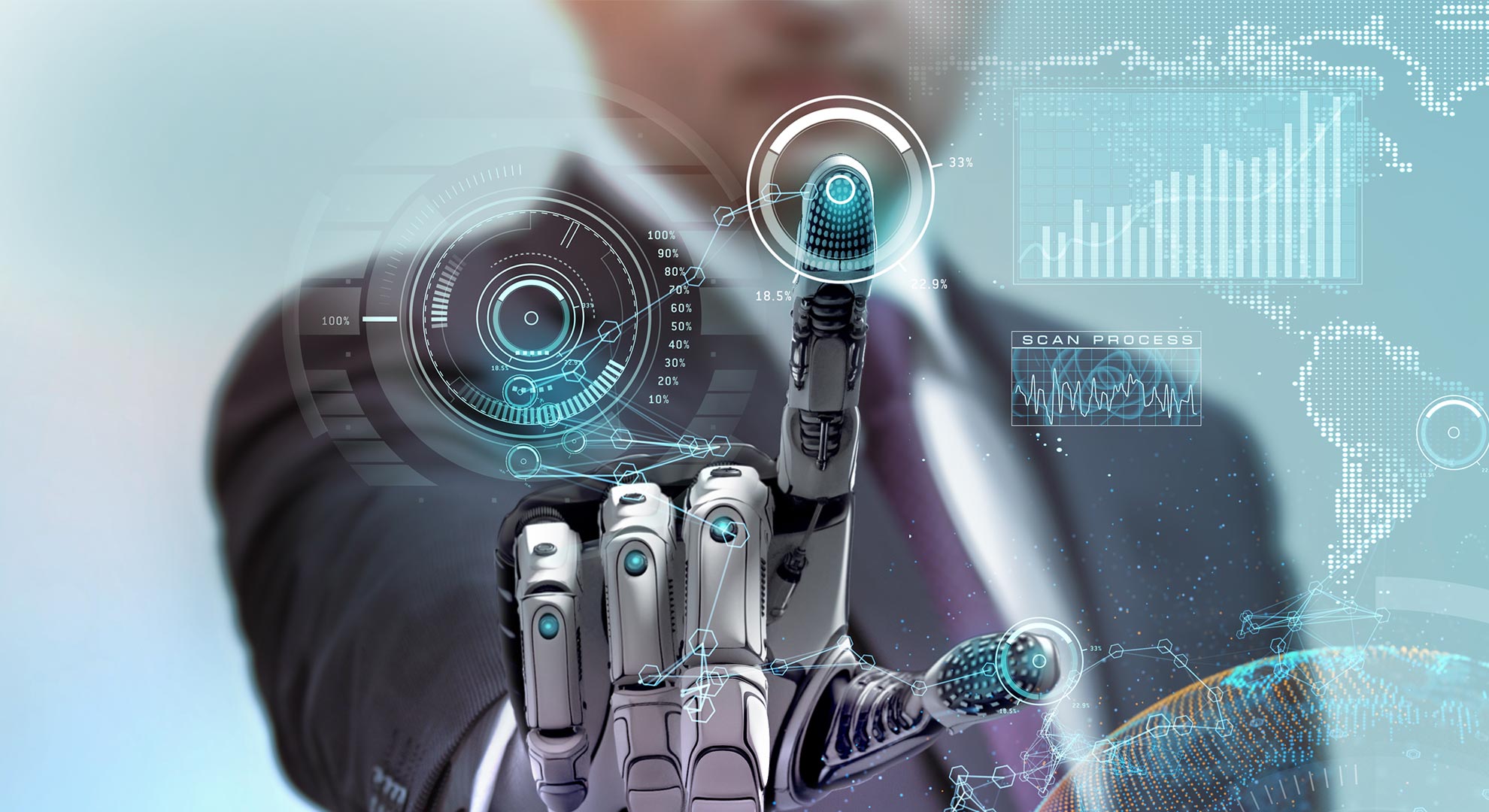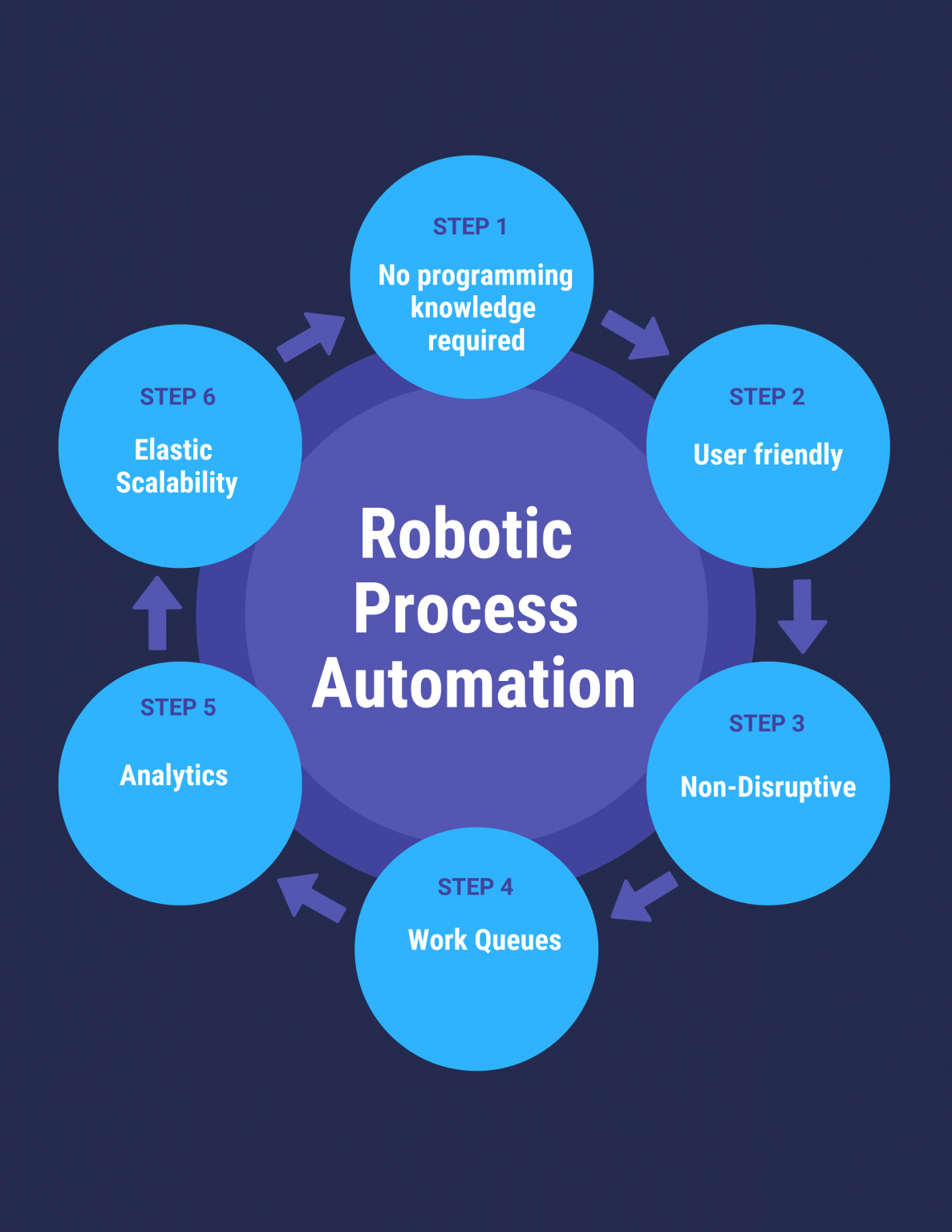Robotic Process Automation (RPA) Using AI
Robotic process automation (RPA) is a technology that uses software robots to automate repetitive tasks that are currently performed by human workers. RPA robots are typically programmed to follow a set of rules and instructions to complete a specific task, such as entering data into a spreadsheet, sending an email, or updating a customer record.

RPA has the potential to significantly improve efficiency and productivity in businesses by automating tasks that are currently time-consuming and error-prone. However, RPA is not a magic bullet, and it is important to understand the limitations of the technology before implementing it.
Benefits of RPA
There are many benefits to using RPA, including:

- Improved efficiency: RPA can help businesses to automate tasks that are currently performed manually, which can free up human workers to focus on more strategic tasks.
- Reduced costs: RPA can help businesses to reduce costs by automating tasks that would otherwise be performed by human workers.
- Improved accuracy: RPA can help businesses to improve the accuracy of their processes by reducing the risk of human error.
- Improved customer service: RPA can help businesses to improve customer service by automating tasks that would otherwise require human interaction.
Limitations of RPA
While RPA can offer many benefits, it is important to understand the limitations of the technology before implementing it. Some of the limitations of RPA include:

- RPA robots can only follow a set of rules and instructions. This means that RPA robots cannot handle tasks that require creativity or judgment.
- RPA robots can be inflexible. Once a RPA robot is programmed, it cannot be easily modified to perform a different task.
- RPA robots can be a security risk. RPA robots can access the same data as human workers, which means that they can be a security risk if they are not properly secured.
How to Implement RPA
Successfully implementing RPA requires a careful planning and execution. The following steps can help you to implement RPA in your business:

- Identify the right tasks to automate. Not all tasks are suitable for automation. You should focus on automating tasks that are repetitive, time-consuming, and error-prone.
- Select the right RPA software. There are many different RPA software tools available on the market. You should select a tool that is compatible with your business's needs and requirements.
- Create a detailed RPA plan. Your RPA plan should include a detailed overview of the tasks that you want to automate, the RPA software that you will use, and the timeline for implementation.
- Test and deploy your RPA bots. Once you have created your RPA plan, you need to test your RPA bots to ensure that they are working properly. You should also deploy your RPA bots to a small number of users before rolling them out to your entire organization.
- Monitor and improve your RPA bots. Once your RPA bots are in production, you need to monitor them to ensure that they are performing as expected. You should also regularly review your RPA bots to identify opportunities for improvement.
The Future of RPA
RPA is still a relatively new technology, but it is quickly gaining traction in businesses of all sizes. As RPA technology continues to develop, it is likely to play an increasingly important role in automating business processes and improving efficiency and productivity.

How RPA is Using AI
RPA and AI are two powerful technologies that can be used together to achieve even greater results. AI can be used to help RPA robots to learn and adapt, which can make them more efficient and effective. AI can also be used to help RPA robots to handle tasks that require creativity or judgment, which can expand the range of tasks that can be automated.
Some of the ways that AI is being used to improve RPA include:

- Machine learning: Machine learning can be used to help RPA robots to learn and adapt. This can make them more efficient and effective at completing tasks.
- Natural language processing: Natural language processing can be used to help RPA robots to understand and respond to human language. This can make them more effective at handling tasks that require communication with humans.
- Computer vision: Computer vision can be used to help RPA robots to identify and process images and videos. This can make them more effective at tasks such as data extraction and quality control.
As AI continues to develop, it is likely to play an increasingly important role in RPA. This will allow RPA robots to automate a wider range of tasks and achieve even greater results.
Conclusion

RPA is a powerful technology that can help businesses to improve efficiency, productivity, and customer service. By combining RPA with AI,
Post a Comment